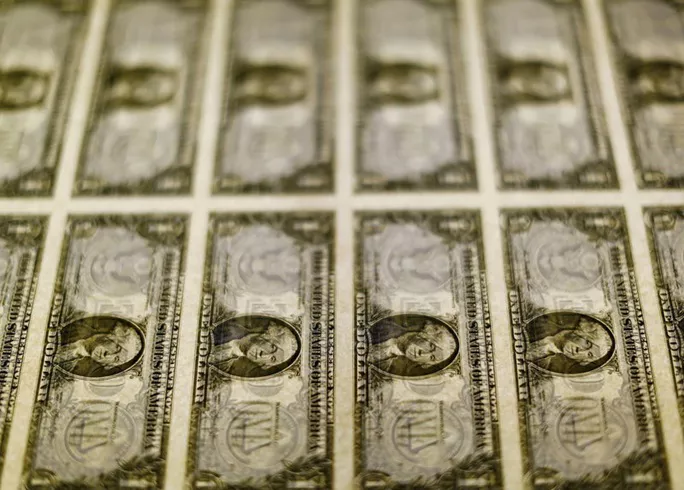Asian currencies showed little movement on Wednesday, while the U.S. dollar gained strength ahead of President Donald Trump’s announcement on new tariffs, set to be unveiled later in the day.
Regional currencies have been stuck in narrow ranges for weeks, as uncertainty over Trump’s tariffs kept traders on the sidelines. Speculation about the scope and economic impact of the tariffs contributed to the cautious sentiment.
The Australian dollar stood out, rising sharply following stronger-than-expected building approvals data. The Aussie was also supported by the Reserve Bank of Australia’s decision to leave interest rates unchanged on Tuesday.
The Japanese yen, which had earlier benefited from safe haven demand, retreated against the dollar, while the Chinese yuan remained stable.
The dollar index and its futures held steady in Asian trading on Wednesday after gains overnight. All eyes were on Trump’s plans for reciprocal tariffs against major U.S. trading partners and his proposal to impose universal tariffs on all imports to the U.S.
Treasury Secretary Scott Bessent stated that Trump would impose maximum tariffs, but the targeted countries could reduce them by meeting Trump’s demands to lower tariffs on U.S. imports. Reports indicated that Trump plans to impose a 20% duty on all imports to the U.S. The tariffs are expected to be officially announced at 4:00 p.m. ET (8:00 p.m. GMT).
Australian Dollar Rises on Positive Data and RBA Decision
The Australian dollar was the top performer in Asia on Wednesday, with the AUD/USD pair climbing nearly 0.9%, marking its second consecutive session of gains.
The Aussie’s strength came after February’s building approvals data came in much stronger than expected. Additionally, Assistant RBA Governor Christopher Kent signaled a slight increase in the central bank’s overnight market operations repo rate. The RBA’s decision to hold interest rates steady on Tuesday, along with its data-driven approach to easing, further supported the currency.
Meanwhile, most other Asian currencies remained flat, with few reacting to the recent dollar weakness. Many of the countries targeted by Trump’s tariffs are in Asia, raising concerns about potential economic challenges for the region.
The Japanese yen’s USD/JPY pair dropped 0.2%, after briefly surging past 150 yen, despite increased safe haven demand. The Chinese yuan remained steady, as traders awaited more information on Beijing’s response to U.S. tariffs and possible stimulus measures.
Tensions also rose in China, following military drills near Taiwan this week, which added to the uncertainty surrounding the region.
Other regional currencies saw modest changes. The Singapore dollar fell slightly, while the Indian rupee rose by 0.1%. The South Korean won weakened by 0.3%, as attention turned to a key court ruling on impeached President Yoon Suk Yeol later this week. Additionally, South Korea’s consumer price index data showed inflation was slightly higher than expected in March.
Related Topics:


